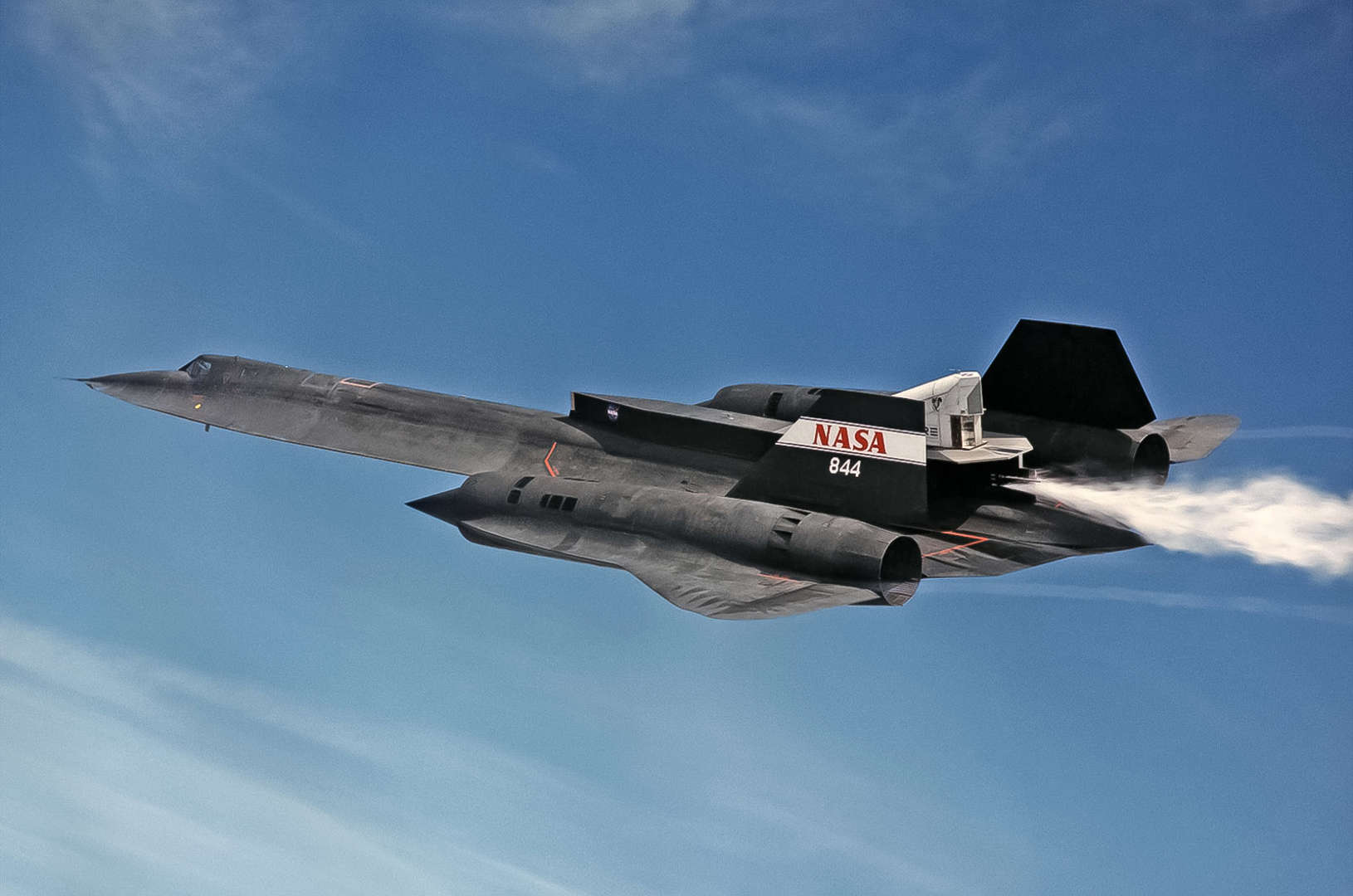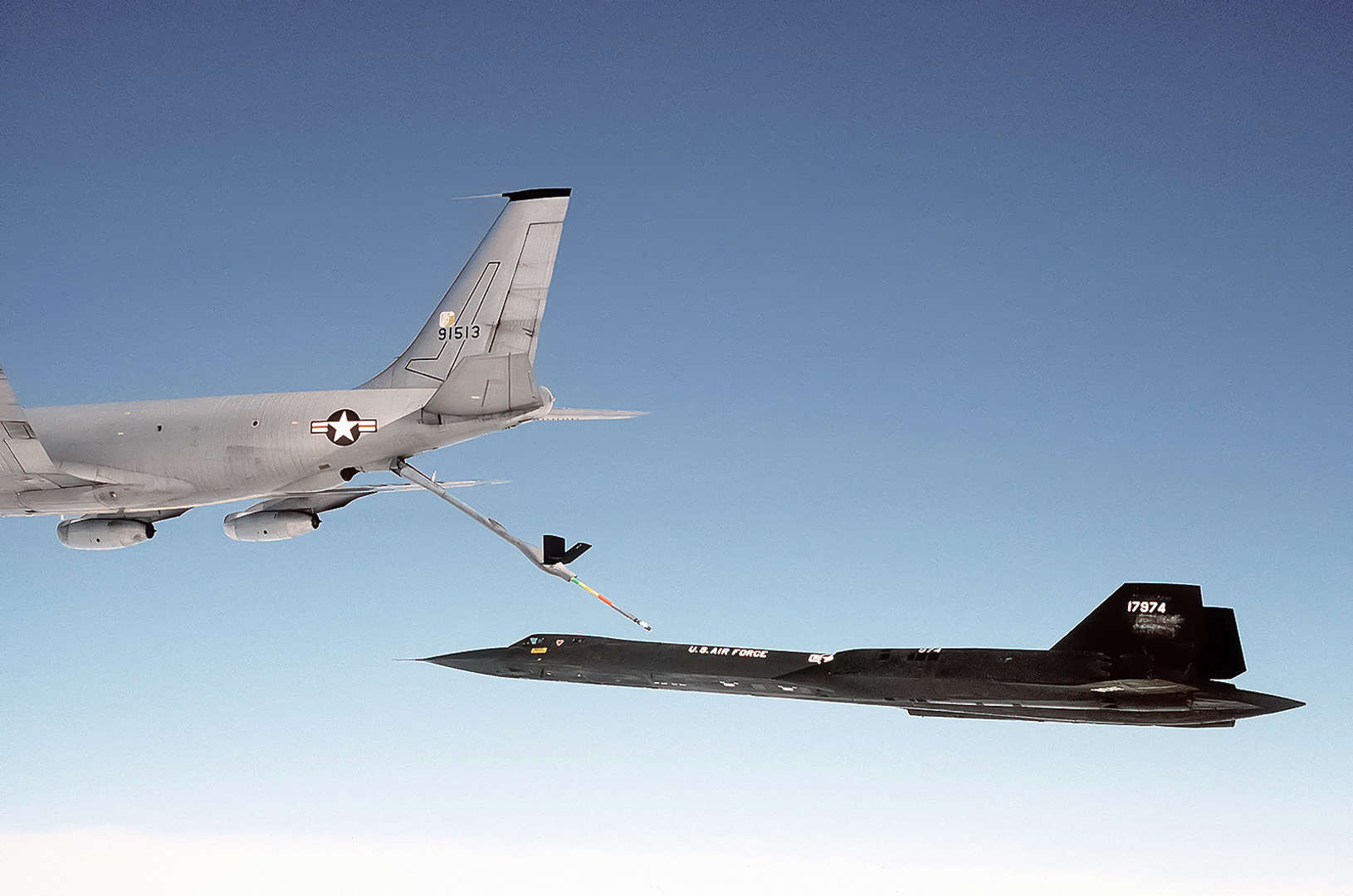10 Incredible Features of the Lockheed SR-71 Blackbird
1. Mach 3+ Top Speed
The SR-71 was the fastest manned jet-powered aircraft ever built, capable of reaching speeds over Mach 3.3 (more than 2,200 mph or 3,540 km/h). This allowed it to outrun surface-to-air missiles, a unique defensive capability.
2. Flying at the Edge of Space
Operating at over 85,000 feet (25,900 meters), the SR-71 flew above 99% of the Earth’s atmosphere. Pilots had to wear pressurized space suits to survive, and the view from the cockpit was nearly black — hence the nickname “Blackbird”.
3. Radar-Absorbing Design
While not a true "stealth" aircraft like the F-117 or B-2, the SR-71 had a reduced radar cross-section, making it harder to detect. This was achieved with innovative design choices:
-
Angled surfaces to deflect radar
-
Use of radar-absorbing materials
-
Black paint that dissipated heat and minimized reflection
4. Titanium Alloy Construction
Due to the intense heat generated at Mach 3 speeds, the SR-71 was built primarily out of titanium, which can withstand temperatures over 500°C. About 85% of the aircraft was made from this rare and difficult-to-machine metal.
Lockheed even had to source titanium from the Soviet Union through third parties — ironic, given the SR-71's Cold War surveillance mission.
5. Unmatched Range and Endurance
The SR-71 could travel over 3,000 miles (4,800 km) in a single mission. With aerial refueling, it could circle the globe if needed. This long reach allowed it to monitor global conflicts from a safe distance without landing in foreign territories.
6. Advanced Sensors and Cameras
The Blackbird was packed with cutting-edge reconnaissance technology, including:
-
Side-looking airborne radar (SLAR)
-
Infrared and optical sensors
-
High-resolution cameras
It could map 100,000 square miles in an hour, capturing precise intelligence from high above.
7. Incredible Heat Resistance
At Mach 3+, friction with the air caused the SR-71's surface to heat up to 600°F (315°C). As a result, fuel expanded, and parts of the plane had to be designed to expand and contract during flight. It was so hot that the cockpit windows had to be cooled just for pilots to see.
8. Innovative Fuel System
The SR-71 used a special jet fuel called JP-7, which had a very high flash point and could handle extreme temperatures. Interestingly, fuel leaks were common on the ground because the airframe only sealed properly at high speeds and temperatures in the air.
9. Outran Every Threat
No SR-71 was ever shot down — despite over 4,000 attempts by surface-to-air missiles. Its best defense was speed and altitude. If a missile was detected, the pilot would simply accelerate and climb, escaping any lock-on.
10. Built by Skunk Works — a Legacy of Innovation
The SR-71 was developed by Lockheed Martin's Skunk Works, the same top-secret unit responsible for the U-2, F-117 Nighthawk, and F-22 Raptor. The Blackbird was developed in just 20 months — an astonishing feat of engineering and innovation.
Historical Milestones of the SR-71
-
First flight: December 22, 1964
-
Entered service: 1966
-
Retired: 1998 (with brief NASA usage after that)
-
Total built: 32 aircraft
-
Nickname: "The Blackbird"
SR-71 vs Modern Aircraft
Even decades after its retirement, few aircraft can match the SR-71 in:
-
Speed
-
Operational ceiling
-
Survivability
-
Strategic value
Modern reconnaissance satellites and drones have taken over many of its roles, but no aircraft has equaled its speed or altitude in manned flight.

You must be logged in to post a comment.